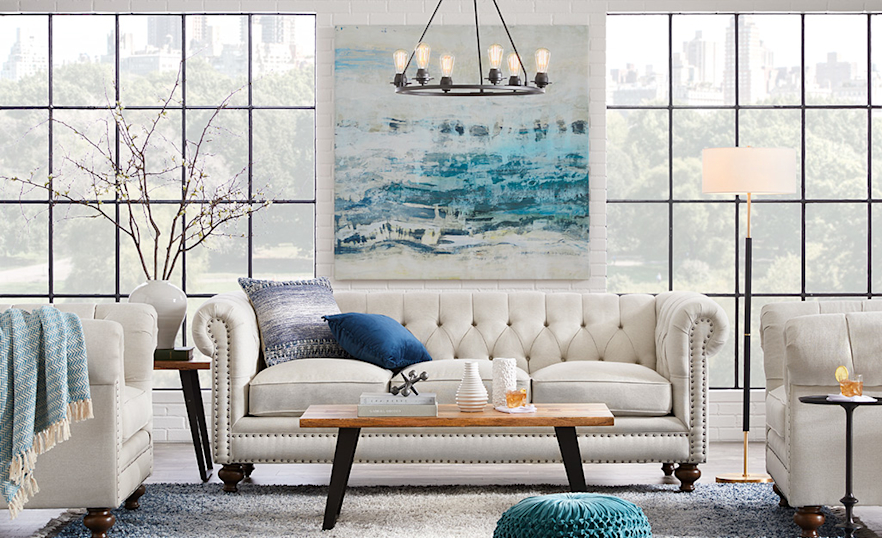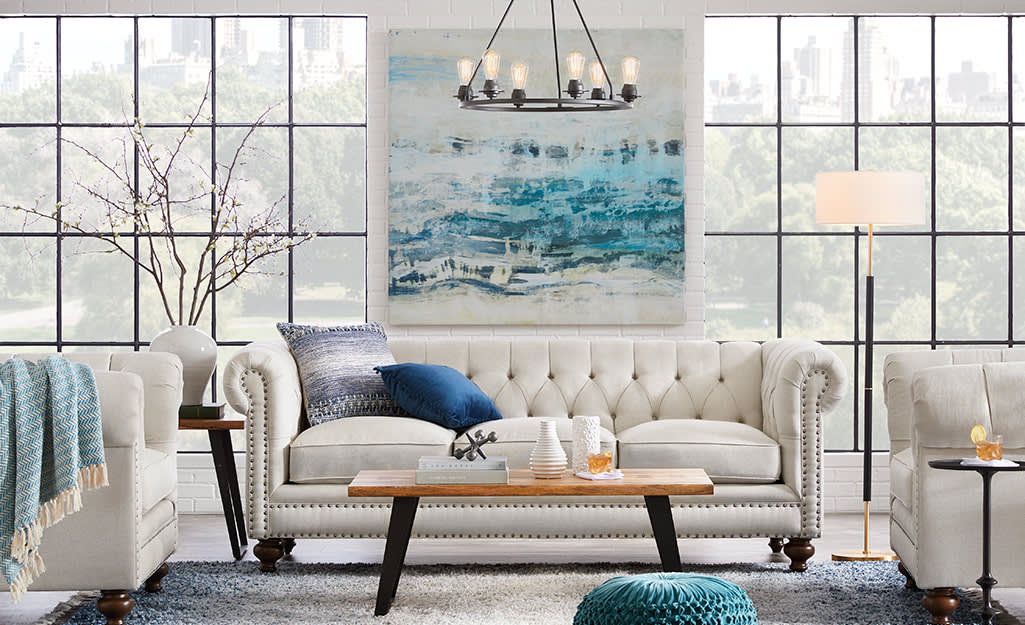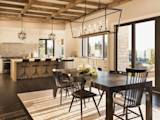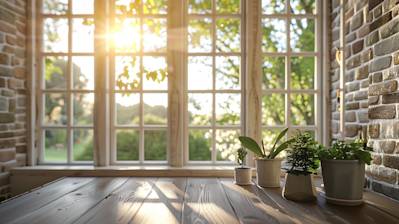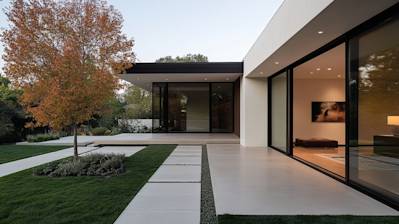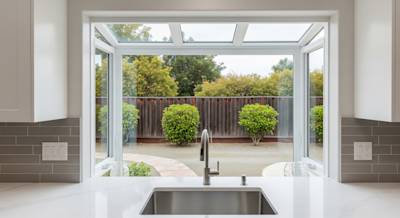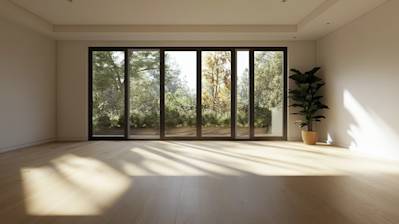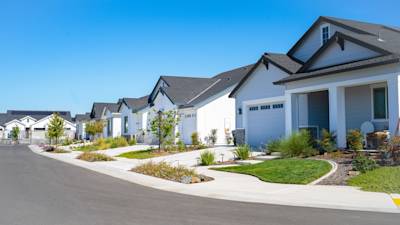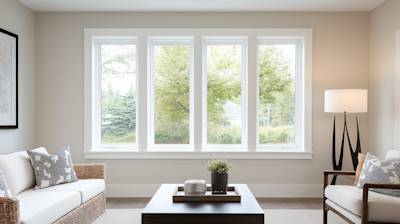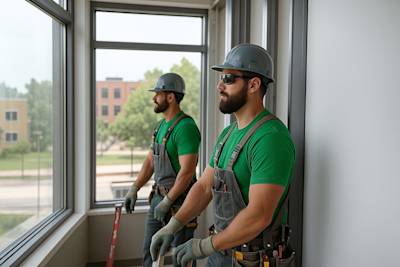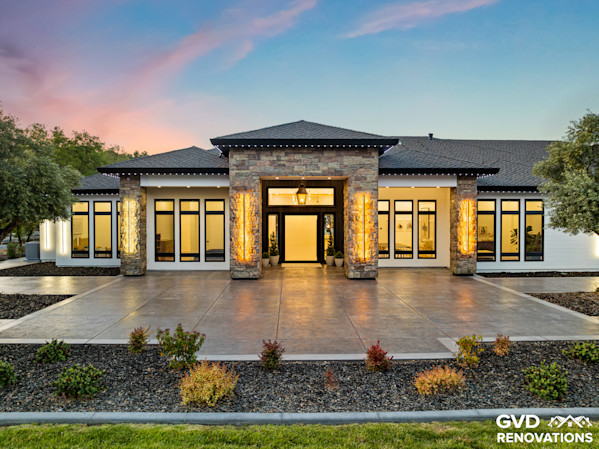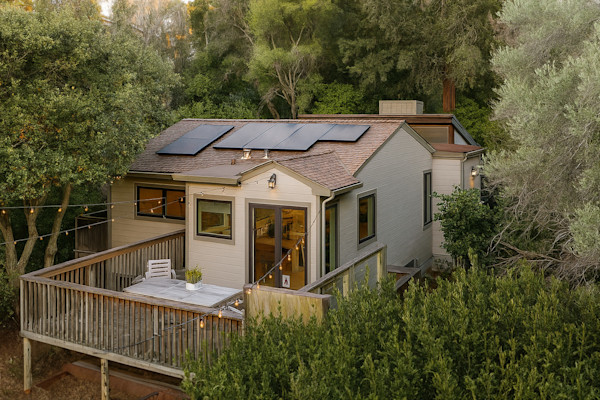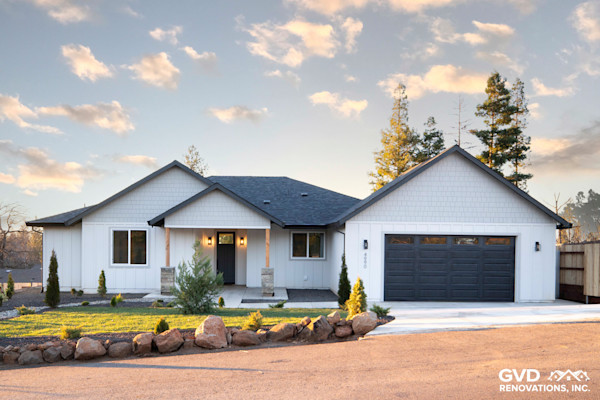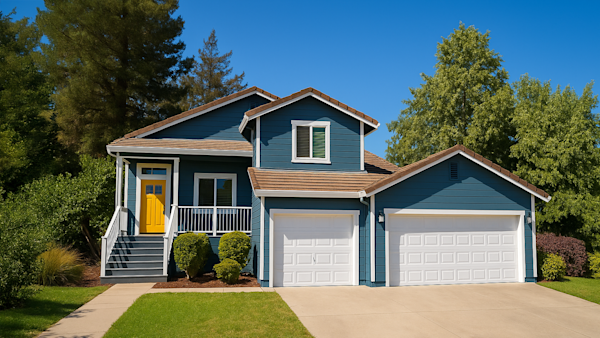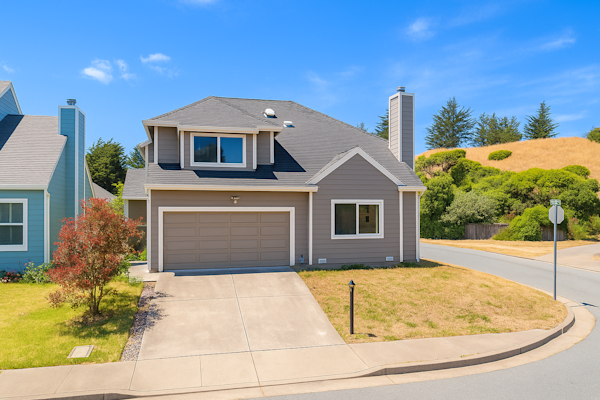Identifying the right window type for your home or building project can be a daunting task due to the sheer array of styles and materials available in the market today. Nevertheless, windows play a significant role in defining the overall look, comfort, and energy efficiency of your space. This detailed guide aims at helping consumers and contractors to easily navigate different window types and make informed decisions based on their specific needs and preferences.
What are the Different Types of Windows?
Windows come in a myriad of styles, shapes, and sizes to choose from, each with its unique features and benefits. Depending on your architectural design preferences, spatial limitations, and ventilation requirements, you may consider one or more of the following types of windows.
Double-Hung Windows
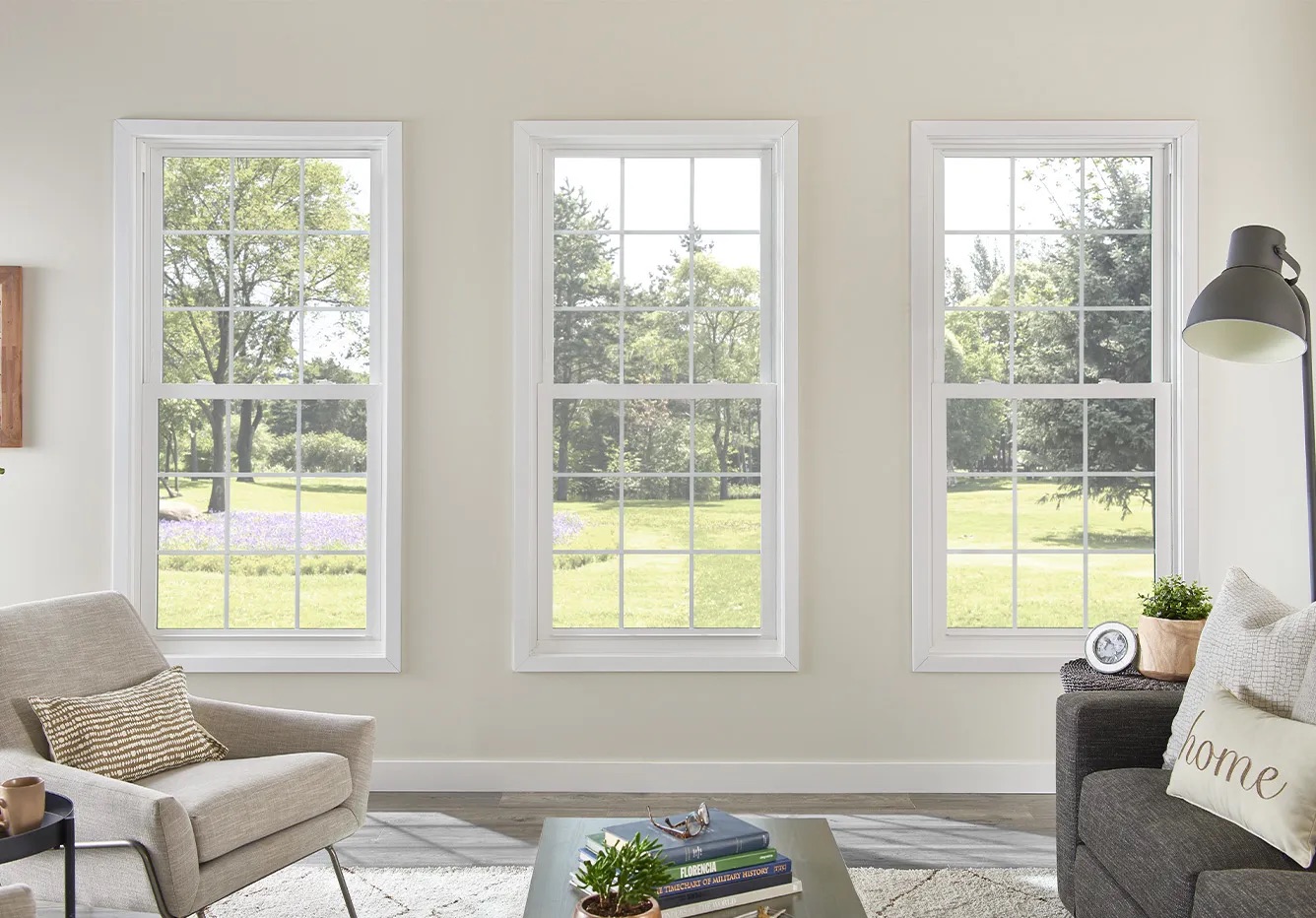
Double-hung windows, often seen in traditional homes, feature two sashes that slide vertically within the window frame. These windows offer excellent ventilation control, as users can open either the top or bottom sash according to their liking.
Casement Windows
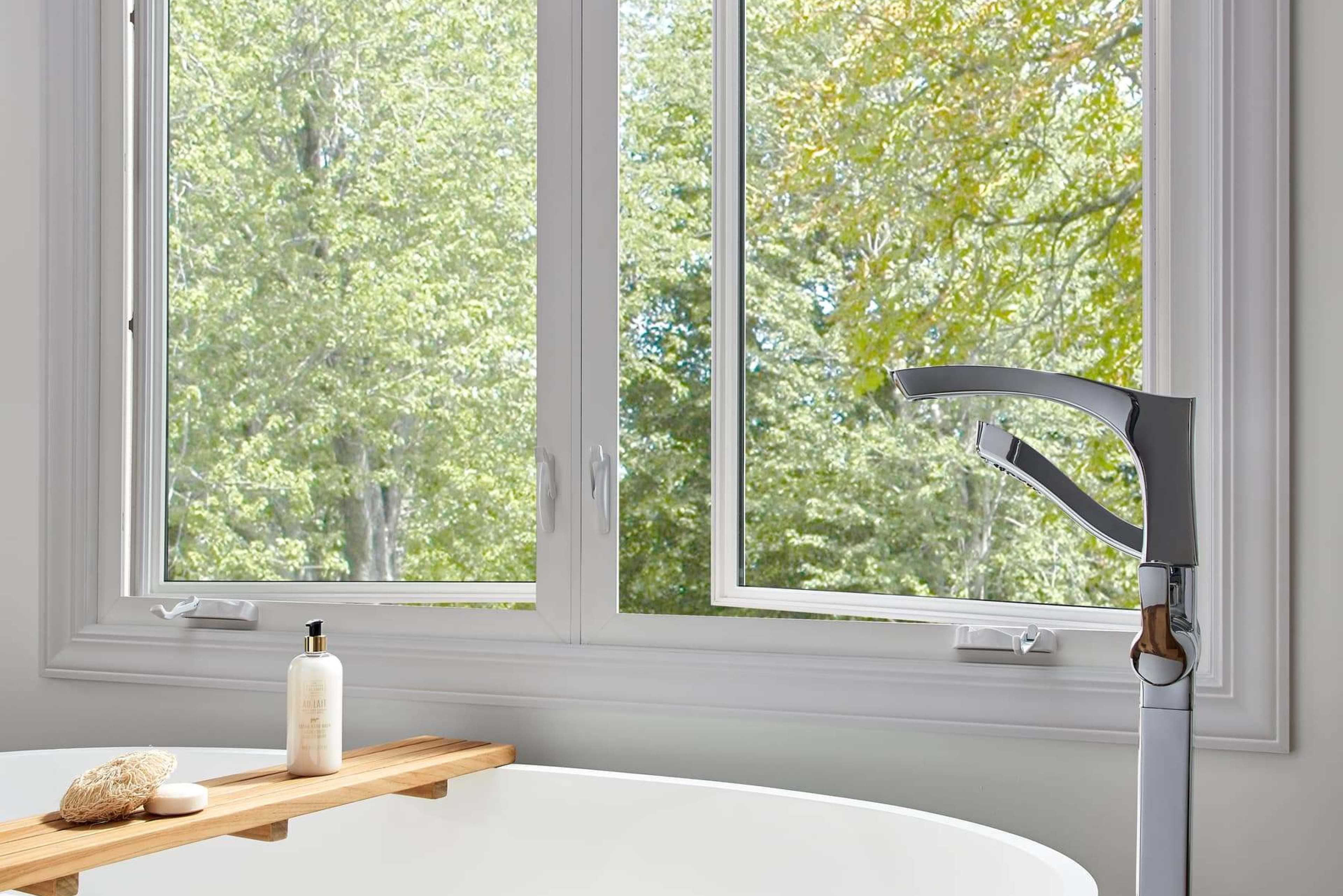
Regarded for their unobstructed views and superior ventilation capabilities, casement windows hinge at the side and swing outward like a door. The entire window opens, allowing more air to flow into the room.
Sliding Windows
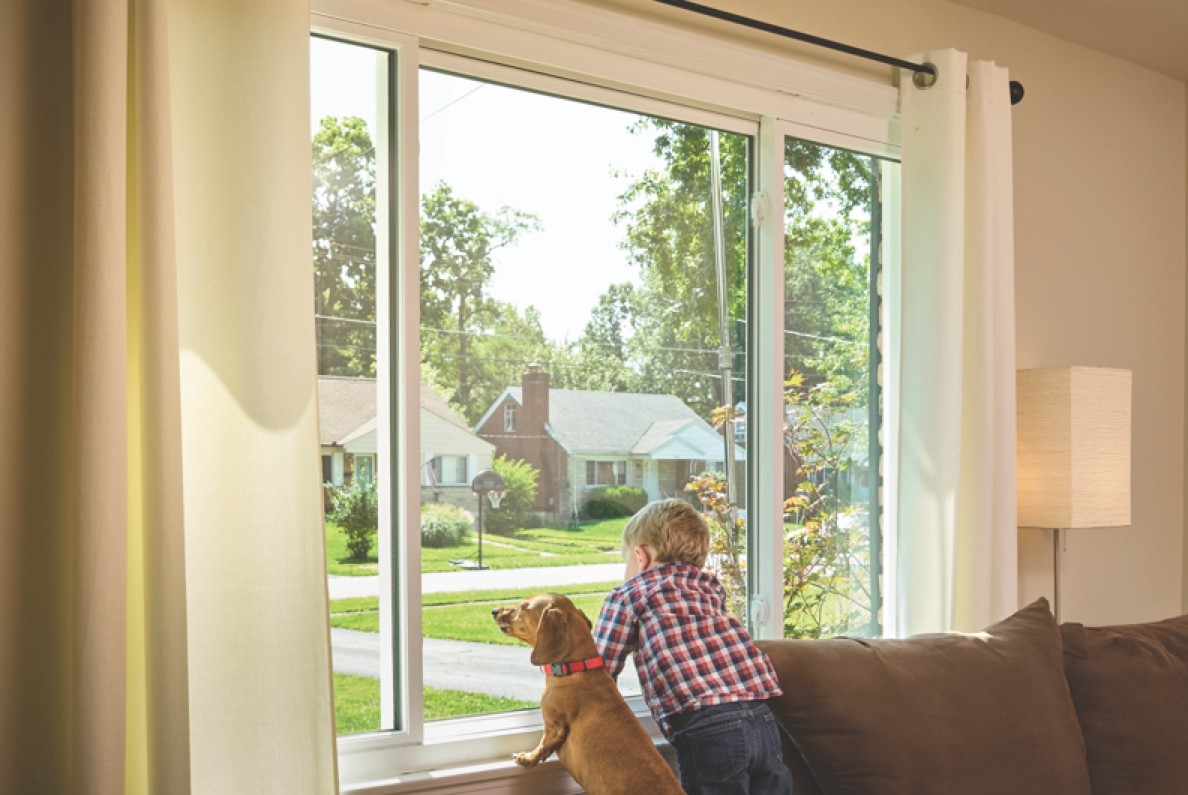
As the name suggests, sliding windows operate by sliding horizontally along in the window frame. They are a popular choice for modern home designs due to their sleek appearance and ease of operation.
Specialty Window Types
Apart from standard window types, there are several specialty windows crafted to enhance the aesthetic appeal, functionality, or both of your space. They are usually used as standalone design elements or in combination with standard windows.
Bay and Bow Windows
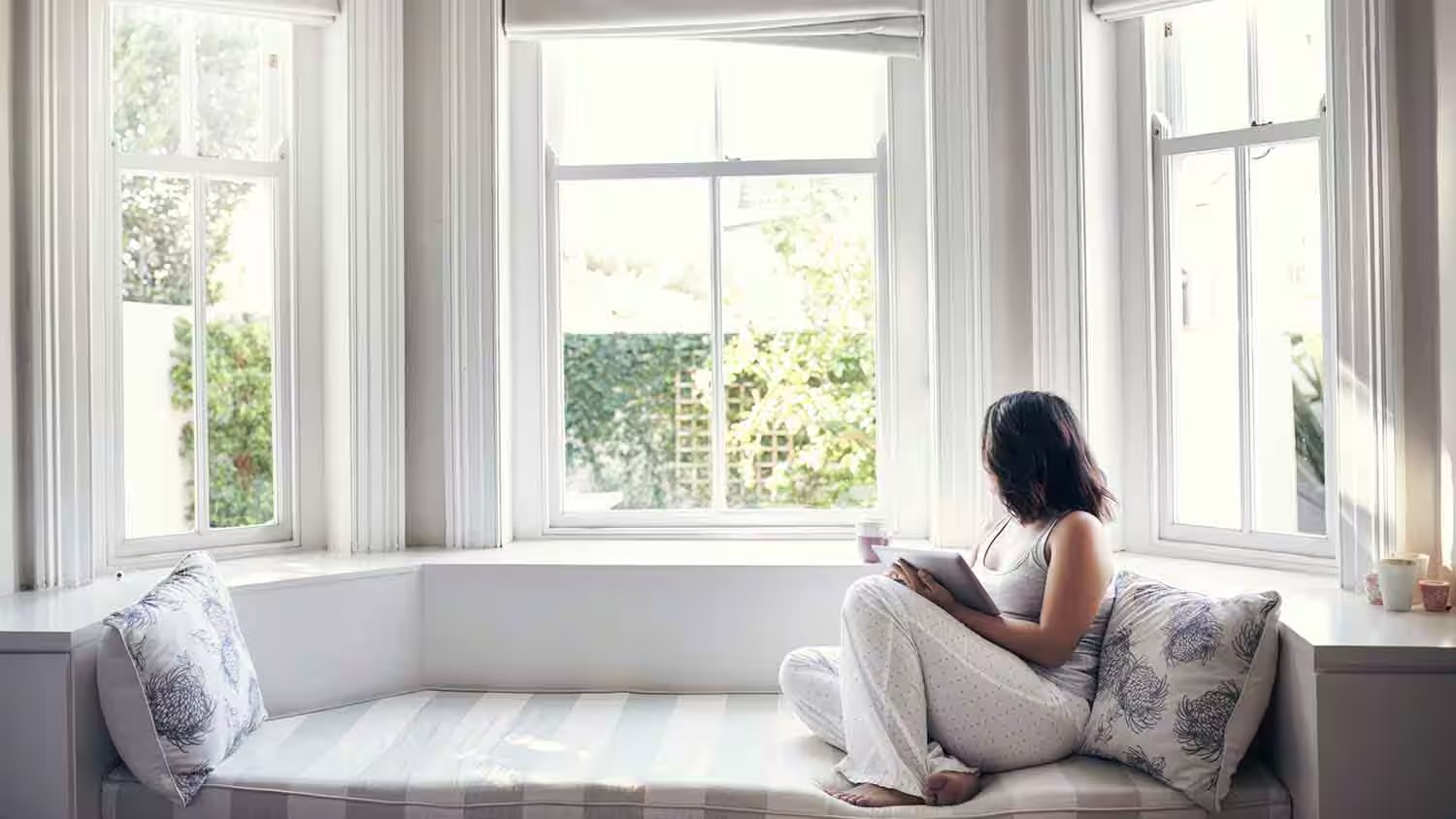
Bay and bow windows project outward from the outer wall of the home, creating a beautiful exterior profile and a cozy indoor nook. While Sacramento bay windows comprise three windows forming a polygonal shape, bow windows consist of multiple windows to create a curved appearance.
Picture Windows
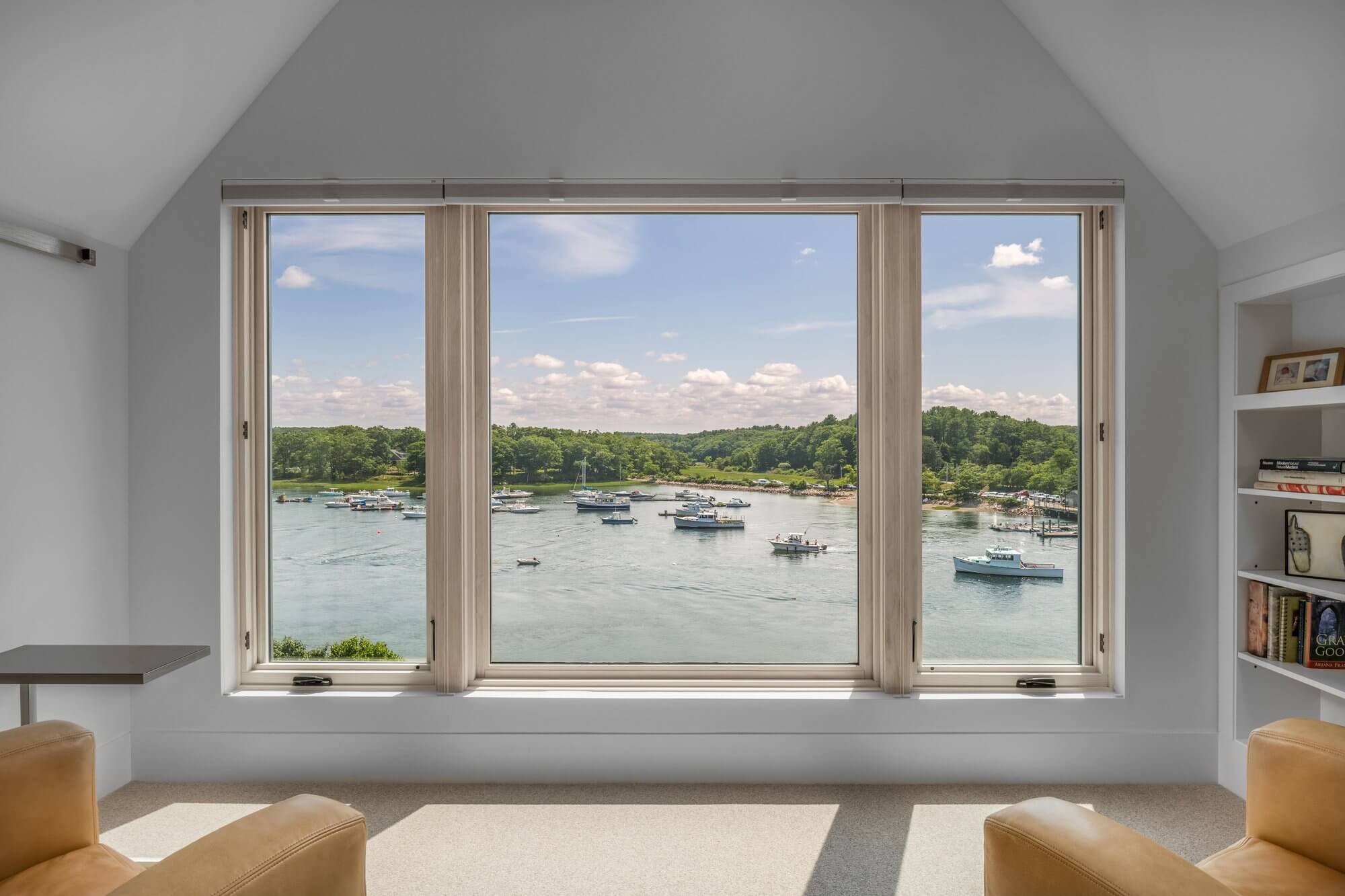
A picture window is a large, fixed window that does not open but rather provides an uninterrupted view of the outdoors. Given their size, picture windows are able to admit plenty of natural light into the room, making them a great option to brighten up living spaces.
Skylight Windows
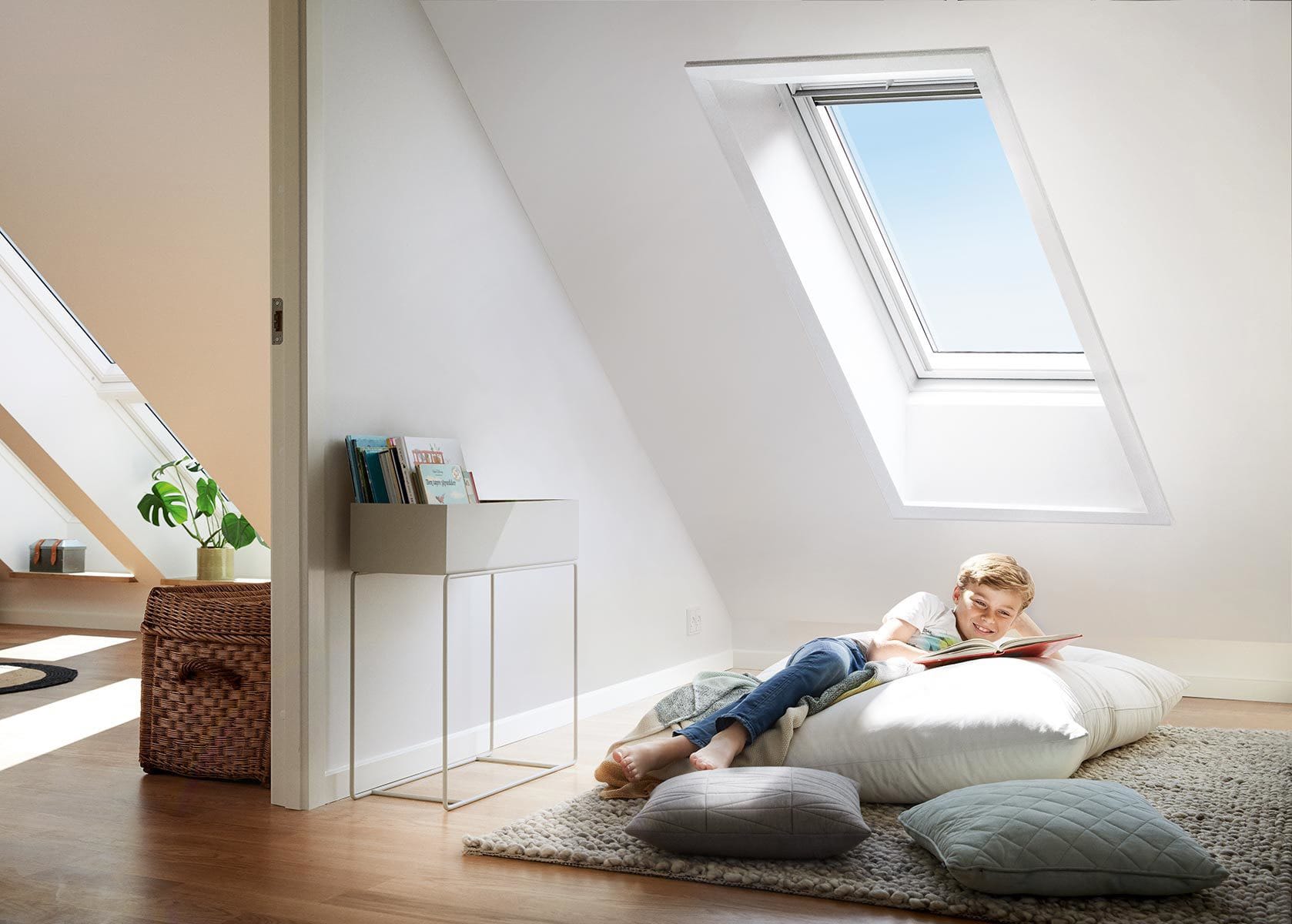
Installed on the roof, skylight windows invite lots of natural light while maintaining privacy. Some skylight windows can also open, providing additional ventilation.
Considerations when Choosing Types of Windows
While selecting the right windows for your space, consider the following factors in addition to the architectural style of your home:
- Energy Efficiency: Look for windows with good insulation properties to reduce heating and cooling costs.
- Safety and Security: Choose window types that provide optimum security. For instance, windows that can be secured from inside are preferable.
- Cost: The cost of window varies based on the style, material, and size. Define your budget before diving into the shopping process.
- Climate: Certain window types are better suited for specific climates. For example, double-paned windows are great for colder climates due to their excellent insulation.
Undoubtedly, the types of windows you choose will greatly impact the aesthetics, efficiency, and comfort of your space. This guide aims to simplify your decision-making process by highlighting the wide spectrum of window types available today. So whether you're renovating, building new, or simply curious about the world of windows, remember, much like the eyes are the windows to the soul, your windows are a reflection of your home's personality.
Frequently Asked Questions About Types of Windows
Can You Explain the Difference Between Single-Hung and Double-Hung Windows?
Single-hung windows have two sashes, but only one moves - usually the bottom one. In a double-hung window, both sashes are operable. Both types of windows are some of the most traditional window styles found in homes, but the double-hung windows tend to provide better ventilation as you can open both sashes.
What Are Casement Windows?
Casement windows are attached to their frame by one or more hinges. These types of windows are hinged at the side and can be either left or right-sided. They are often used in pairs and allow for full window opening and better ventilation.
What Are Awning Windows?
Very similar to casement windows, awning windows are hinged at the top and open outward, creating an awning effect, hence the name. They’re great for rainy areas as they can be left open for ventilation even when it's raining.
How Are Picture Windows Different from Other Window Types?
Picture windows are stationary and do not open. They are large in size and designed to provide a clear view of the outside. They also provide maximum light. They can often be found combined with other types of windows, especially ones that do open, to provide a balance of light, view, and air circulation.
What is Unique About Transom Windows?
Transom windows are types of windows that are typically installed above doors or other windows to allow more light into a room or to add architectural interest. They may be stationary or they might open, depending on your preference and placement.
Can You Describe Slider Windows?
Slider windows, also known as gliding windows, open by sliding the window sash to the side. They are great for providing wide views and a large amount of ventilation.
What are Bay or Bow Windows?
Bay or bow windows actually protrude out from your home, creating a unique architectural feature. A bay window includes three windows and forms a polygonal shape, while a bow window includes 4 or 5 windows and forms a curve.
What is Different About Garden Windows?
Garden windows are much like a small box window that protrudes from the house. This type of window is most commonly found in kitchens. It offers a space to place plants, creating a tiny greenhouse effect for those indoor plants.
How Are Arched Windows Different?
Like the name suggests, arched windows have a unique, rounded top which adds an architectural detail to homes. These windows may or may not open and are often installed above standard windows for added light and visual interest.
What are Block Windows?
Block windows are constructed from a series of glass blocks, often in a grid-like design. These types of windows add an unique, artistic touch to your home, while providing privacy and light.
Pros and Cons of Different Types of Windows
1. Double-Hung Windows
Pros of Double-Hung Windows
- Easy Cleaning: The sashes (movable panel) of these windows slide vertically and can tilt inwards, making them easy to clean from the inside.
- Ventilation: The dual sashes allow for optimal air circulation as you can open both top and bottom parts of the window.
- Wide Range of Styles: There is great variety in the design, size and color of double-hung windows making them suitable for any architectural style.
Cons of Double-Hung Windows
- Air Leakage: The design of these windows may cause air leakage, which could result in higher energy costs.
- Higher Cost: Compared to other window types, double-hung windows are often more expensive due to their special features and mechanisms.
2. Casement Windows
Pros of Casement Windows
- Energy-efficient: With a tight seal when closed, these windows offer optimal thermal efficiency.
- Good Ventilation: They can be opened fully, providing superior ventilation.
- Unobstructed View: As casement windows don't have muntins (the strips separating panes of glass), they offer an unobstructed view outside.
Cons of Casement Windows
- Design Limitation: The design of casement windows limits them to smaller sizes.
- Difficult to Clean: Cleaning casement windows from the outside especially on upper floors can be a challenge.
3. Sliding Windows
Pros of Sliding Windows
- Easy Operation: These windows slide horizontally, which makes them easy to operate.
- Cost-effective: They have a simple design and mechanism, making them more affordable to install and maintain.
- Large Glazing Area: Sliding windows can come in large sizes, increasing the amount of natural sunlight entering your room.
Cons of Sliding Windows
- Fixed Pane: In most designs, only one side slides which can restrict ventilation.
- Debris Accumulation: The tracks of sliding windows can accumulate dust and debris over time, which might affect their smooth operation.
4. Awning Windows
Pros of Awning Windows
- Weather Protection: The design of awning windows protects the interior of your home from rain, even when the window is open.
- Energy-Efficient: These windows provide good insulation, helping to reduce energy costs.
- Privacy: Awning windows can be placed higher on walls, providing ventilation and natural light while maintaining privacy.
Cons of Awning Windows
- Limitation in Size: Awning windows are generally smaller, limiting the amount of natural light and ventilation.
- Difficult Access: Cleaning the exterior side of these windows can be a challenge as they open outwards.
5. Bay and Bow Windows
Pros of Bay and Bow Windows
- Increased Space: These window types project outward from the main walls of a property providing additional interior space.
- Aesthetic Appeal: Bay and Bow windows add a unique architectural appeal to your home.
- Natural Light: These window types provide an extensive view and allow ample natural light to enter the room.
Cons of Bay and Bow Windows
- Complicated Installation: These windows require structural modification and are more complex and costly to install.
- Maintenance: Owing to their distinctive structure, maintenance like cleaning and repairing can be more time-consuming and difficult.
This comprehensive analysis of different types of windows, from double-hung windows to bay and bow windows, outlines the pros and cons pertaining to each type. The choice of window type heavily depends on the balance between personal preferences, aesthetic considerations, and practical benefits such as energy efficiency, ease of cleaning, and cost.
Summary
After exploring the different types of windows, it's quite clear how each window type comes with its own set of benefits and drawbacks. From casement windows which allow for full ventilation and easy cleaning, to double-hung windows that offer a traditional look with various ventilation options. Not forgetting specialty windows that allow for a custom design and size. The types of windows you pick greatly influence the overall style, comfort, and functionality of your home.
Understanding your space and needs can help you make the right decision when choosing among the various types of windows. For rooms that need more ventilation, casement or double-hung windows could be a good fit. For smaller spaces, awning or sliding windows would work best. It's all about finding the perfect balance between aesthetics, practicality, and cost-effectiveness to ensure that you make an informed decision.
Remember, the types of windows you choose will become a key element of your home's architecture, contributing to its aesthetic appeal and energy efficiency. With the numerous styles, sizes, and designs available today, choosing windows is no longer just about letting light into your home. It's about selecting a style that complements your home's interior, enhances your view, and sustains your comfort.
About GVD Renovations & Remodeling
Hey there! Meet GVD Renovations & Remodeling - we're based in the sunny sidelines of Sacramento, CA. Priding ourselves in bringing you top-notch home renovation services, our dedicated and professional team surely knows a thing or two about making your dream home a reality. Whether it's a small touch up to your kitchen or a grand overhaul of your entire house, GVD Renovations & Remodeling brings a seamless blend of quality, passion, and craftsmanship to your doorstep for that perfect house you’ve always imagined.
This article is for general information only and not professional advice. Always consult a licensed contractor before making project decisions. Product details, specifications, or warranties may have changed since publication. Brand and product mentions reflect opinion, not endorsements or guarantees.
Tags: types of windows, window styles, window options,


